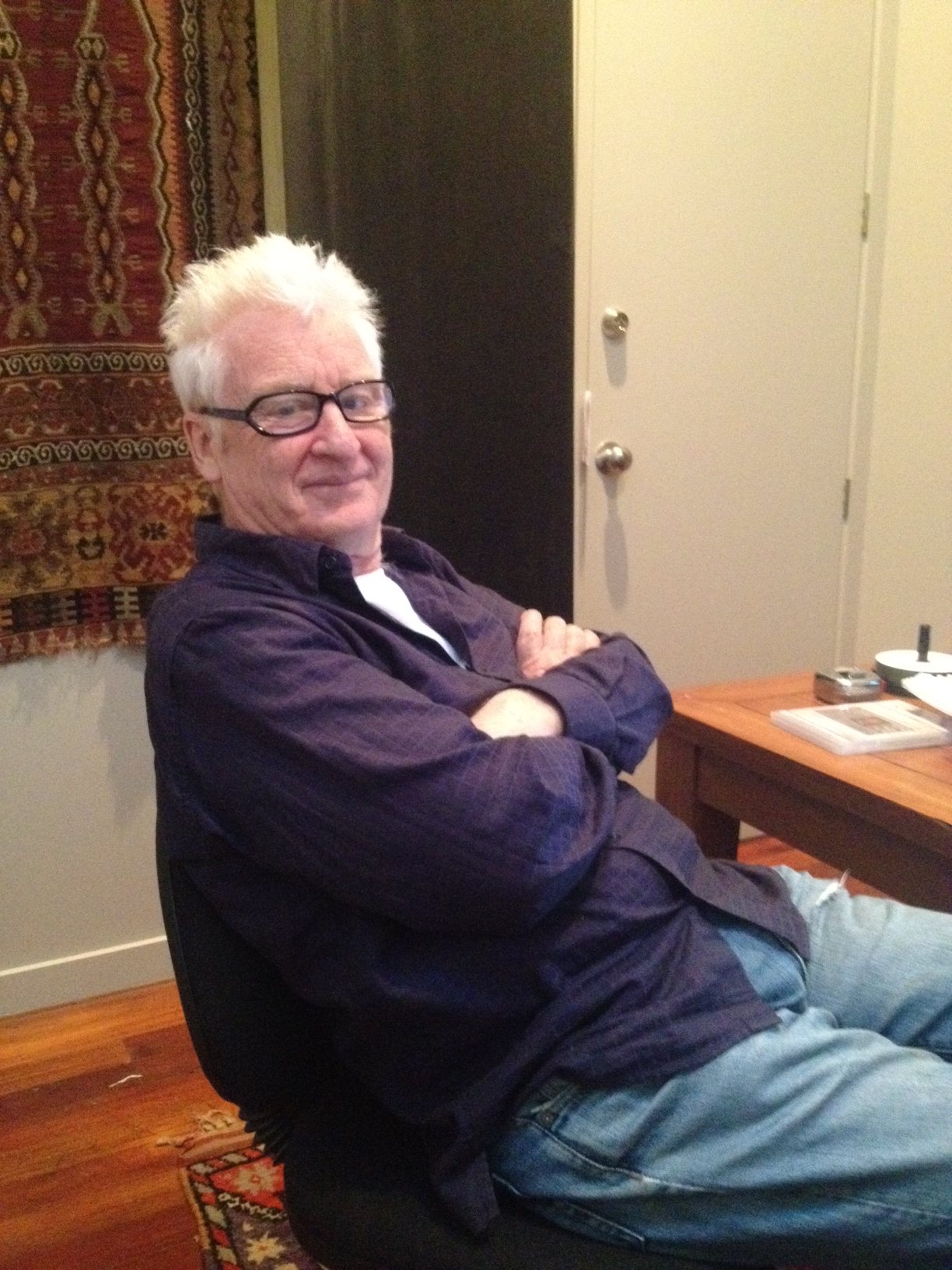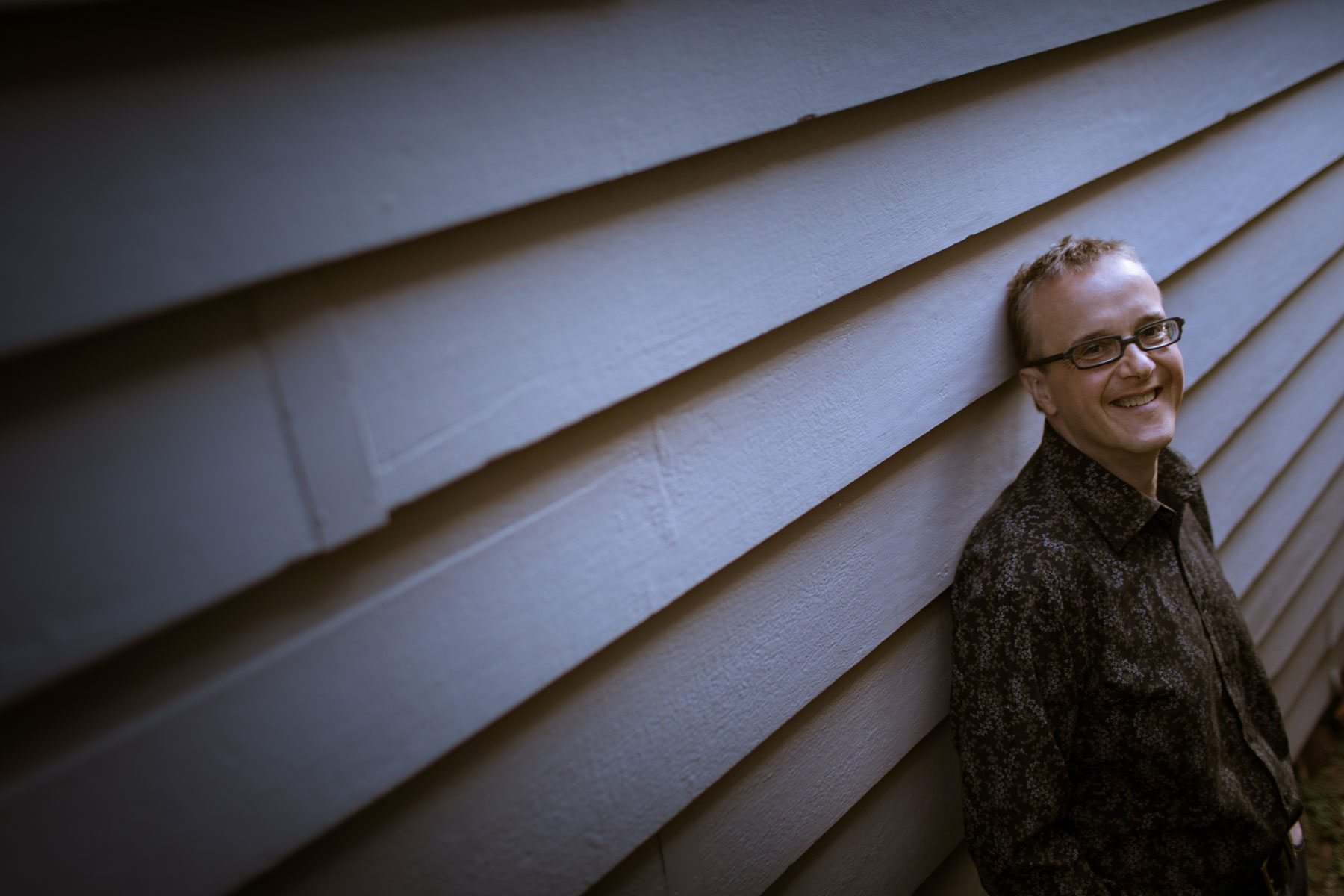Recording and producing classical music
15 August 2013 by Marc Taddei
I’ve just returned from a producing session with Wayne Laird, owner and producer for New Zealand’s most prolific recording company – ATOLL. Late last year I recorded a number of works by Dame Gillian Whitehead. Wayne had put the works together and asked me to have a listen with fresh ears.
The sessions were a joy to conduct – not surprisingly, the NZSO is a very fine recording orchestra – a testament to a combination of 25 years of constant digital recording and also the fact that this era began with the presence of one of the very greatest classical record producers in the business – the Grammy Award winning, Michael Fine. Michael literally taught the orchestra how to record with the (then) new technology. His approach certainly had a profound effect on me when I was a musician in the orchestra – there is nothing like the pressure of the red recording light to focus attention on excellence and consistency in musicianship! I have had the privilege to record as a concerto soloist, orchestral and chamber musician and conductor. As such, during my career as a music director I have used recordings as a tool to nurture orchestral development as much as I have used them to further the reach and acclaim of the orchestras that I have been privileged to lead.
MIchael has not worked in New Zealand for many years now but luckily for classical music in the country, Wayne Laird is an extraordinary producer – easily of world-class. So much so that NAXOS uses him to produce for many of their major releases. Recording sessions can be pressured situations but Wayne has an excellent manner about the way he does his job – something I noticed from the first recording I made with him – the Christchurch Symphony Orchestra’s “Landmarks“ CD. He lets me get on with my job and is invaluable in terms of pointing out aspects of takes that I may have missed, points of musical expression and ready answers in terms of progress and consistency of approach.

During sessions and especially during editing the producer becomes a largely unrecognized interpreter of the works that have been recorded. While the sessions may be directed and performed by a combination of the musicians, soloist, conductor and producer – once the editing process begins, the choices made in terms of which takes to use have a profound effect on the musical discourse. Musicians are only human and whilst we do our best to be consistent from take to take, subtle (and not so subtle) differences do occur and cobbling these together can radically change issues of phrasing, tempi and balance. It is in this behind the scenes work that Wayne is as good as anyone I have ever come across. He is a musician himself and it shows in the gorgeous flow with which he is able to infuse his recordings.
Working with both Wayne and Michael and also the superb Virginia Read of the Australian Broadcasting Corporation has directly influenced the way I conduct for sessions. One can not help but learn when working with them and knowledge of the recording technology’s attributes and limitations is of vital importance to any conductor that records. I have also produced a number of recordings and have even “self-produced” – although I most certainly do not recommend this as I find it is easy to spend too much time on aspects of performance that have already been captured by the microphones – something a producer can easily keep track of during the sessions….
The CD that is about to be released is entitled “Alice” – named after Dame Gillian’s major song cycle which opens the CD. I first heard this work at its world premiere and it was clear to me on first hearing that it was a masterpiece. I had tried to programme this work with both of the orchestras that I have lead but other considerations unfortunately got in the way, so I was delighted to be asked to record this work with Helen Medlyn and the NZSO. Also included on the upcoming CD is Karohiroi – a harp concerto featuring Carolyn Mills, that sounds absolutely stunning and a large orchestral work entitled, “The Improbable Ordered Dance”, that is a similar tour de force for the orchestra.
I will advise on this blog when the CD is released but I urge you to have a look for it when it comes out as I believe this will be a significant release and a milestone in New Zealand art music.
